The article refers to Dan Ariely’s book “Predictably irrational”.
Links to articles about Sales and Marketing can be found at the bottom of the article.
I Usually avoid eating sweets, but sometimes I enjoy an ice cream popsicle, especially on my long travels around the country when I am tired and want to refresh myself with a cold treat.
Chocolate flavored popsicles are my favorite and over the last few months I have focused on two brands: MAGNUM Chocolate and Milka Chocolate (recently appeared on the Israeli market). I alternate between the two brands, randomly choosing one over the other.
A few days ago, at one of my late-night stops at a gas station, I felt like eating a popsicle again. Unable to decide which brand to choose, I bought one of each.
At that point I noticed that although wrapped in similar size wrappings, one popsicle weighed more than the other. MAGNUM weighed 85 grams while Milka weighed only 69 grams. I further discovered that another Milka product, “Milka Chocolate Hazelnut swirl”, weighed 19 grams, which was 20% less than the MAGNUM DUETS Chocolate brand. (71 grams vs 90 grams). Again, both products appeared to be the same size due to the way they were wrapped.
What about the price?
The Milka popsicle is usually more expensive. Yes, it costs more though it is substantially smaller. In the gas station that I bought the popsicles, Milka popsicle cost 12 shekels while MAGNUM cost 8 shekels. That meant that for every Shekel spent on a Milka popsicle, I could have bought nearly twice the quantity of a MAGNUM popsicle.
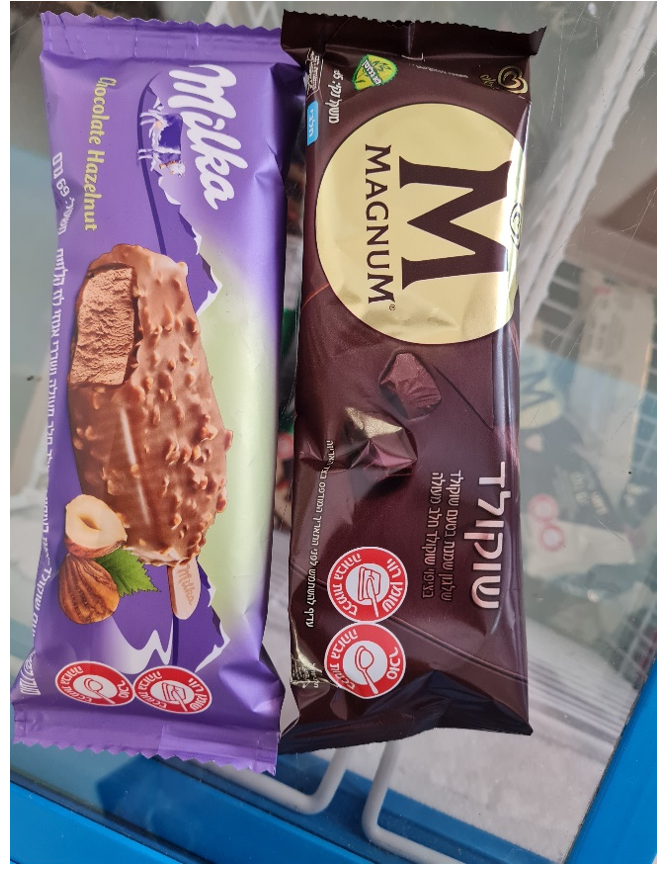
So what? What is the big deal?
Everybody knows a good car repair garage near where they live. Still, very often, people prefer to have their vehicles fixed and serviced at garages authorized by the manufacturer. Though the price charged by an authorized garage is much higher than a local garage, we tend to believe that an authorized garage would provide better service and spare parts of higher quality.
My car is in excellent condition and serves me well on my long journeys. I believe it is due to the service it receives at a Toyota authorized garage. I choose to pay more for services I consider better. I think the higher price is worthwhile.
Does this apply to Milka ice cream popsicles? In my opinion, it is a matter of personal choice.
What if Milka products were wrapped in smaller packages?
Let us look at the picture below where I made the Milka popsicle look smaller than the MAGNUM one.
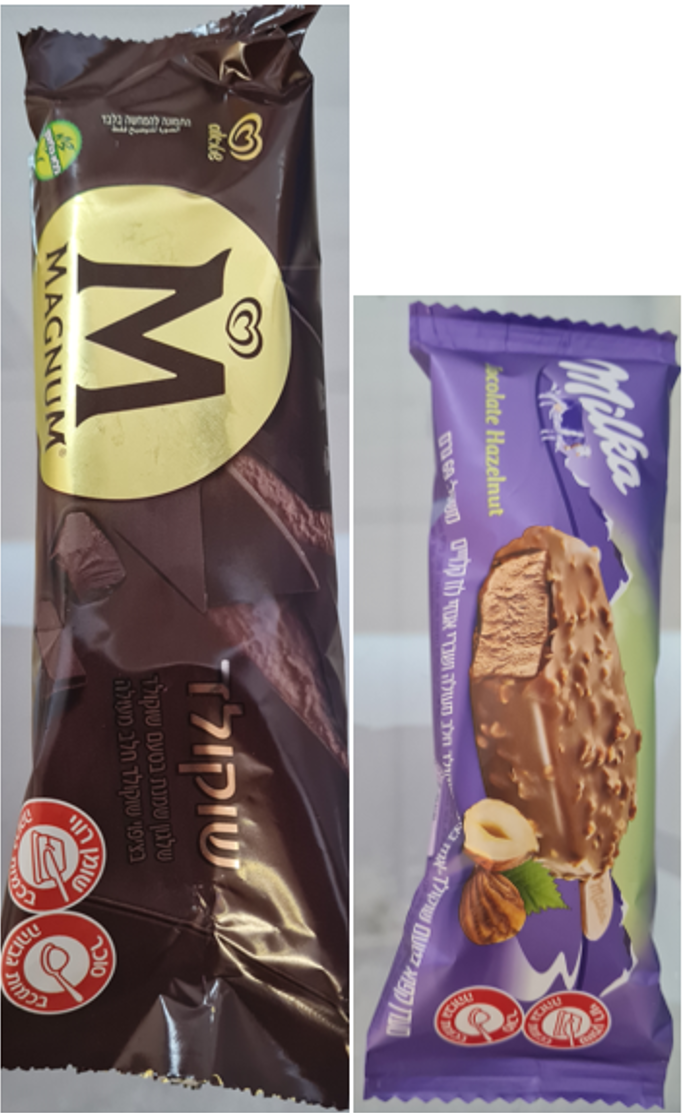
Would you be prepared to pay the same price for a smaller size popsicle if the difference was easily noticeable? Would you pick it over the other products in the icebox?
Professor Dan Ariely
In his book ‘Predictably Irrational’ Prof. Dan Ariely writes about the Truth of relativity.
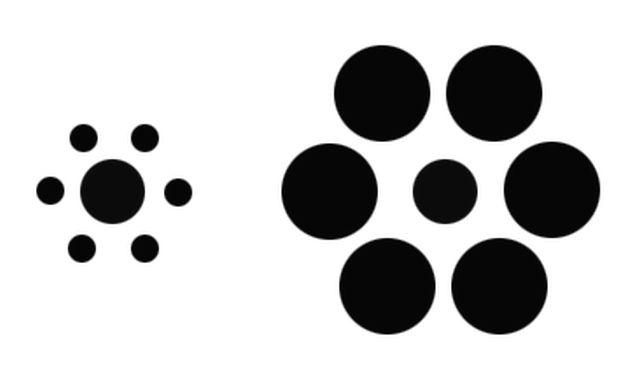
Prf. Ariely says that, when looking at the images above, the size of the inner circles seems different. When the inner circle is surrounded by big circles it looks smaller than when it is surrounded by small ones. However, both circles are the same size. We perceive one as bigger than the other because we are unable to ignore the surrounding circles, relatively to the inner one.
This optical illusion could be regarded as nothing but an amusing trick, but it is a demonstration of the typical way our mind works. Everything is judged relative to its surroundings. This is human nature.
If Milka Chocolate was the only popsicle on the market, it would have been logical for the manufacturer to use wrappers fitting to its actual size and save the cost of excess wrappings. However, because it is always found alongside larger products inside the icebox, wrapping it in wrappers that fit its real size will make it look unworthy of purchasing and affect sales.
The effect of the price
Why does the Milka popsicle not sell for a price that reflects its size?
Ariely asks this question and answers that most people assume that price reflects quality. It is easy to assume, he says, that a sofa bed which costs $4,000 is more comfortable than a sofa bed which costs only $400, or that a roast duck at the Chinese "Imperial dynasty” restaurant ($19.95) is tastier than the roast duck at the Wong noodle shop ($10.95).
However, can this association of price to quality be applied to the whole experience of eating at these restaurants? Or can it be applied to our reaction to medication?
Ariely describes an experiment he conducted with some of his colleagues regarding the effect of the price paid for a medication on its ability to cure illnesses.
The pain of almost all the participants was relieved when the pill they took cost $2.50. But when the pill cost 10 cents, only half of the participants experienced pain relief.
Back to Ice cream popsicles
I am not sure Milka importers, who priced the popsicle higher than MAGNUM, read Ariely’s books, but I am sure their experience taught them that a low price would make people think it’s a low-quality product. They “dressed” the product with wrappings too big for its size to make it look bigger than it is and equal to other products.
The weight of the popsicles is clearly and visibly written on the wrapper, (5 mm high letters), but we tend to ignore the written information. We get the impression that both products are a similar size, we judge the quality in relation to the price and happily buy the Milka product, ignoring the rules of rational consumerism.
What would we do if we were the sellers
Let us take a step back.
Before I found the Milka Chocolate popsicle, I used to look for the Milka Ice Cream hearts.
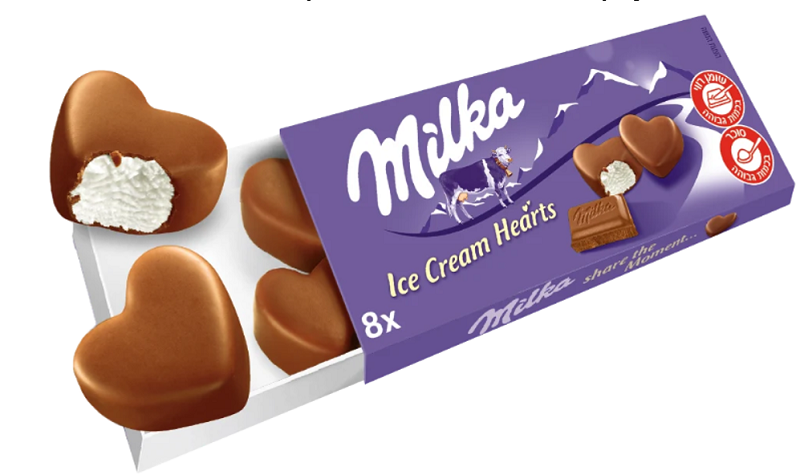
It contained eight small heart shaped pieces costing 7 shekels.
It was an excellent choice for me. A small amount of sugar at a reasonable price. Exactly what I needed on my long excursions. However, it seems that I was one of the few people to prefer this product because it was not easily found in every shop and later completely disappeared from the market. I was told it was not a popular product and the importer stopped importing it to Israel. It was a small and cheap product; therefore, customers regarded it as an inferior product and avoided purchasing.
It might have been a pilot from which the company learnt how to improve marketing.
- ‘Dress” the product in a wrapping that gives the impression of a larger product, similar to its competitor MAGNUM Chocolate popsicle.
- Price the product higher than the competing one.
The short term and the long term
I decided to stop consuming Milka ice cream popsicles because I do not see a reason to pay more for a product that provides no added value. (Unlike my willingness to pay more for a car service at a Toyota garage). However, had I been Mlka’s advisor, I would have probably advised them to act the way they did because, in the short term, they had no alternative.
What about the long term?
In the long term it will not last. The ability to wrap small products in big wrappings and sell them at a high price, will not be possible for long.
It is reasonable to assume that Milka marketing CEO in Israel is not pleased with the current rising cost of living, the soaring rent prices, increasing food prices (not Milka, of course), petrol, interest rates etc. NIMBY (Not in My Back Yard) is what we say when someone is only disturbed by what others do.
Social uprising against the rising cost of living, like the one Israel experienced in 2011 over the price of Cottage cheese, can happen again in the future and products such as Milka Ice Cream popsicles may be in the firing line, together with other imported Milka products.
Therefore, Milka importers should ask the manufacturer in Poland to supply them with a product that fits its image and its price.
Summary and recommendations
A Milka Ice Cream popsicle weighs around 20% less than its competitive product MAGNUM. However, it is wrapped in a large wrapping that makes it look similar in size to the MAGNUM popsicle. It is also priced higher than the MAGNUM product.
Professor Dan Ariely’s demonstrates in his book Predictably Irrational two factors in our brains:
- Visual equalization: small size products are perceived less worthy of purchasing when placed next to big ones.
- Cost comparison: Low priced products are regarded low quality.
- Small size popsicles are viewed as inferior products when randomly placed in the shop’s icebox.
- Milka probably chose to wrap its popsicle with large wrappings to create an impression of a bigger product and sell it for a high price.
- In the short-term Milka had no alternative but to use unfittingly big wrappings. However, over time, the company may lose sales because it presents a false impression of the product.
- I will not go so far as to say this is fraud because the weight of the popsicle is clearly visible on the wrappings. However, a misleading impression may prove detrimental to the importer.
- I think that in the same way the manufacturer meets the Kosher and packaging regulations of the local Israeli market, it should also adjust the size of its products to meet the requirements of the local market.
- Creative marketing and differentiation are very important. However, the image the company creates for its products must be fair. It should not deceive the average consumer. Otherwise, the company stands to lose more than it gains.
Links to articles about Sales and Marketing
- How to Promote Engagement and Get Employees Invested in Company Goals
- How do we build employee motivation?
- How to Create and Measure Employee Motivation
- How Do You Maintain the Human Machine?
- Why Do We Like to Volunteer?
- Fair Marketing's JUST Eye Fashion
- Improving Company Performance, Profit and Strength by Working with New Targets
- Should You Recruit Star Employees, and How and When to Recruit "Hungry" Young People?
- Sales and Marketing During and After the Coronavirus Crisis
- Blue Ocean Sales Strategy








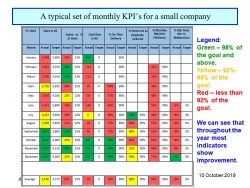

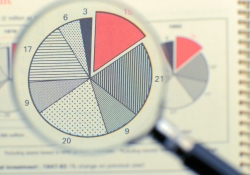

 My First Book: Manage! Best Value Practices for Effective Management
My First Book: Manage! Best Value Practices for Effective Management